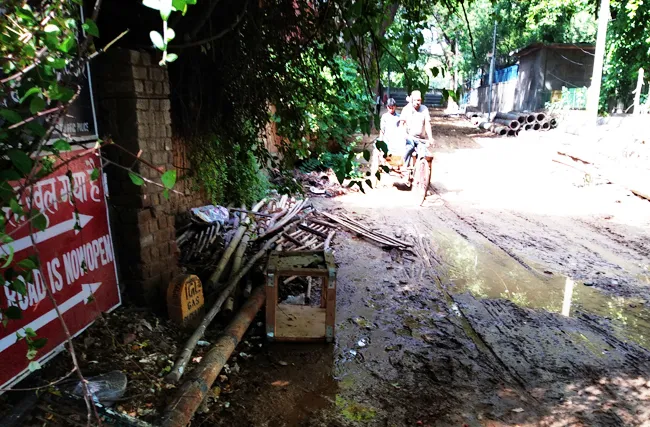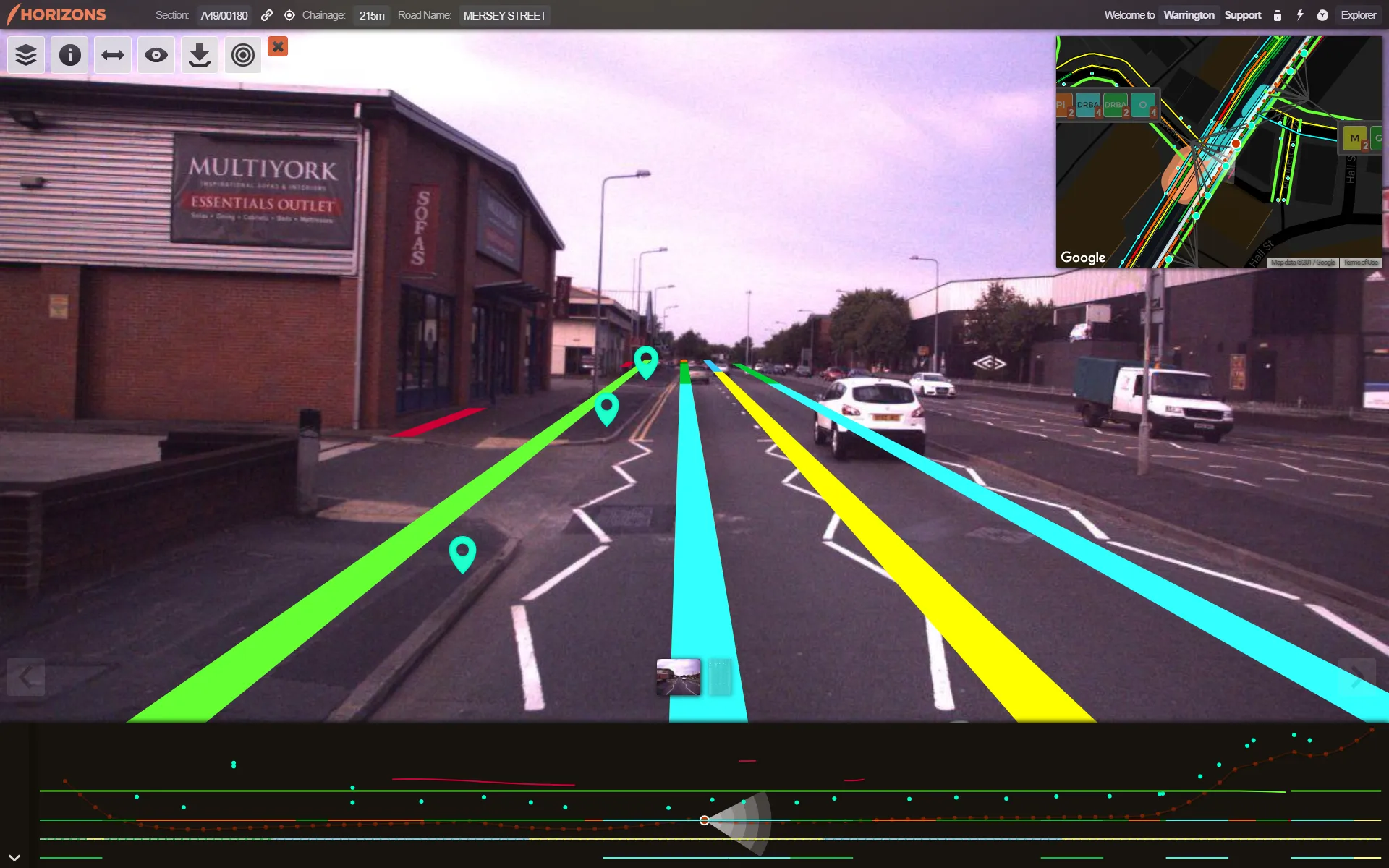UK contractor
The Blade - manufactured by Dutch company Verdegro Blade - is designed to absorb impacts including those by large heavy vehicles that have increased bumper heights.
A-one+ said that the Blade is the only crash cushion that has been tested to US MASH crash testing standards, the most demanding in the world.
The cushion, when deployed on a vehicle, extends out 6m.
“Cars and lorries have got bigger and we need tougher protection for our staff working in front of our impact protection vehicles repairing the roads, litter picking or clearing up after accidents,” said Gavin Crittenden, A-one+ transport manager for the region.
“When the cushion is deployed behind an impact protection vehicle, if anything hits it the IPV’s brakes lock and the cushion absorbs all the impact to stop the truck being pushed forward and threatening our operatives, even under braking,” said Crittenden.
The Blade unit measures 6m long by 2.4m wide and its strength comes from a composite aluminium welded profile. The unit has 12 internal “blades”. During an impact four blades cut through the aluminium composite H-beams, with another eight cutting through welded tubes, absorbing the impact. The remaining weak aluminium parts bend away safely.
Alongside the Blade, A-one+ is using a new RedX arrow board on its new protection vehicles. RedX, also manufactured by Verdegro, is designed to match the latest traffic management signage used to signal lane closures on smart motorways.
A-one+ gets to gripes with The Blade
UK contractor A-one+ maintenance operatives in England’s southern counties of Kent, Sussex and Surrey are now protected by a new vehicle-fitted crash cushion.
The Blade - manufactured by Dutch company Verdegro Blade - is designed to absorb impacts including those by large heavy vehicles that have increased bumper heights.
A-one+ said that the Blade is the only crash cushion that has been tested to US MASH crash testing standards, the most demanding in the world.
The cushion, when deployed on a vehicle,
November 7, 2017
Read time: 2 mins









